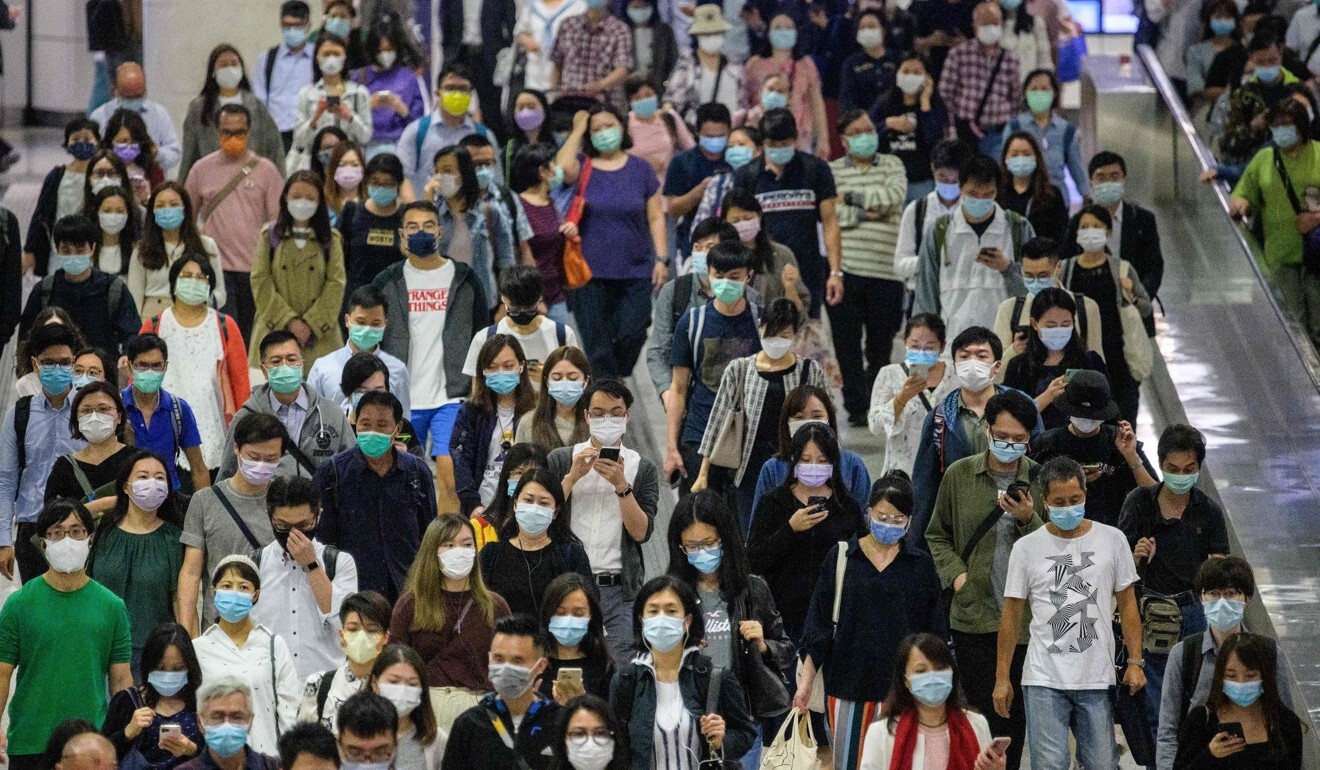
Big bang or damp squib? Why Hong Kong leader’s 2020 policy address may not really be the confidence booster a weary city needs
- Chief executive rolled out extensive details for her blueprint, spanning gamut of ideas from Greater Bay Area to dental work for elderly
- But analysts say unlike her previous announcements, this year’s speech left many questions unanswered and lacked eye-catching initiatives

And despite its length, the speech still left several questions unaddressed, they said, such as how to mend the rifts in a community still polarised since anti-government protests erupted in June last year.
Lam the policy wonk emerged as she reeled off 200 new initiatives, at times leaving translators in the chamber breathless trying to catch up.
Hong Kong leader outlines steps to move city beyond political chaos of past year
A former bureaucrat who reached the apex of the civil service as chief secretary before she plunged into politics, Lam pledged, among other things, to enhance the elderly dental assistance programme and went into such minutiae as the inclusion of more subsidised items, including the removal of bridges or crowns and the provision of root canal treatment.
She also listed out the provision of 1,600 units in 2028 by the clearance of interim housing in Shek Lei, in Kwai Chung in 2022 for public housing development.
Edmund Cheng Wai, a political scientist at City University, said the policy blueprint lacked eye-catching initiatives, the way her Lantau Tomorrow Vision sparked community-wide debate and, even if controversial, ignited hope in society then.
“She dished out many piecemeal measures but there was no big bang measure nor clear vision ,” he said.
Cheng said the Lantau project, which was unveiled in Lam’s 2018 policy address, was attention-grabbing but the initiative also sparked anxiety about the environmental impact and long-term nature of the solution to an immediate housing crisis.
Under the plan, the government would create massive artificial islands off Lantau Island on 1,700 hectares (4,200 acres) of reclaimed land for housing and development.
Her policy speech looks like a combination of piecemeal measures, instead of a blueprint with strategic thinking and clear direction
Andrew Fung Ho-keung, chief executive of the Hong Kong Policy Research Institute think tank, said Lam deserved credit for her efforts to come up with measures to get Hong Kong beyond its current impasse despite the constraints facing her.
“But her policy speech looks like a combination of piecemeal measures, instead of a blueprint with strategic thinking and clear direction,” he said.
“Her blueprint is not inspiring. It can’t compare with the 10-year housing programme unveiled by then governor Murray MacLehose in his inaugural policy address in 1972, under which he set the ambitious target of housing 1.8 million people in a decade.”
‘Zero infection’ unlikely without drastic action to curb Covid-19
The central government’s support for revitalising Hong Kong’s economy, which has been hit hard by the public health crisis, was due to take centre stage.
There were clear signs of it, said analysts, but the message also seemed to be Hong Kong had to help itself chart the way forward, whether in boosting the economy or beating the pandemic.
Another goodie: the Airport Authority will acquire more shares in Zhuhai Airport, a smaller airport in the bay area focused on domestic travel, to “deepen cooperation” in the aviation sector and build a “world-class aviation cluster”.
Meanwhile, a youth employment scheme will be launched to encourage enterprises with operations in both Hong Kong and the bay area cities to recruit and deploy local university graduates to work on the mainland. The scheme aims to provide 2,000 places.
Hong Kong people will query if the postponement of the policy address was justified
Ivan Choy Chi-keung, a Chinese University political scientist, suspected that ordinary residents felt the measures to improve integration with the mainland had little to do with their lives in the immediate or medium-term.
“Maybe Hongkongers keen on investing in stocks will be excited with the enhancements to the cross-border investment programme,” Choy said. “But ordinary Hong Kong people will query if the postponement of the policy address was justified.”
A policy blueprint could not heal the wounds in the society, he and others said.
Choy’s colleague Ma Ngok said the blueprint lacked measures to mend divisions in society or restore the relationship between the government and the opposition.
“She dodged many pressing issues, such as how to mend the rift between the government and the community since the anti-government protests erupted last year,” he said.
Edmund Cheng said the government desperately needed to find ways to restore public trust. If Wednesday was all talk, Lam must now do more than walk the walk. She had more ground to cover to win over residents. “Without public support, a government can hardly introduce major policy changes,” Cheng said.

